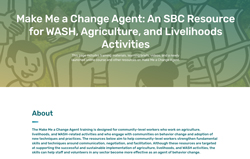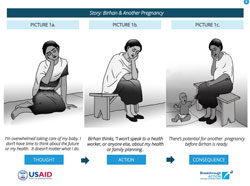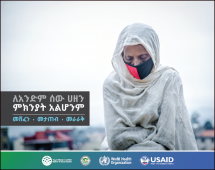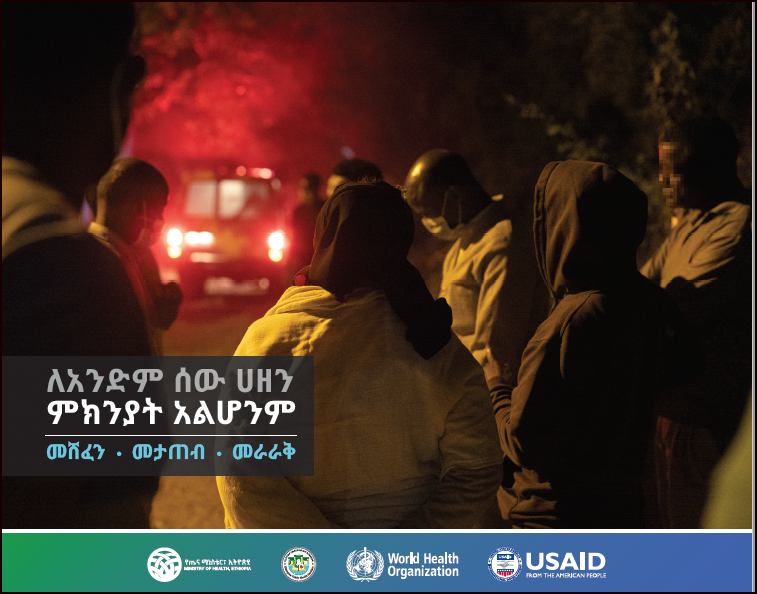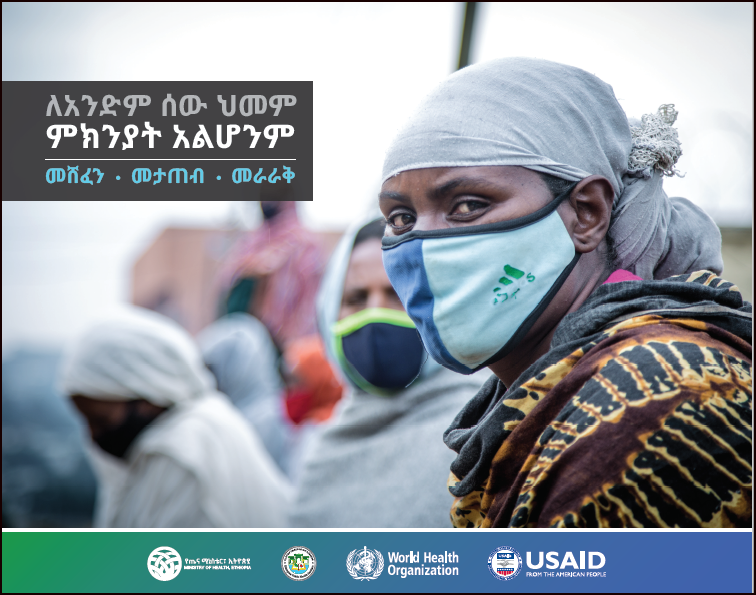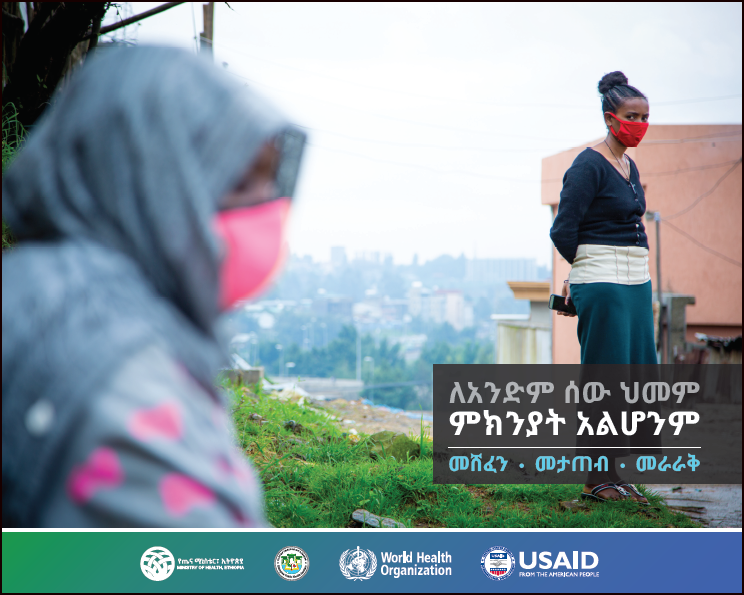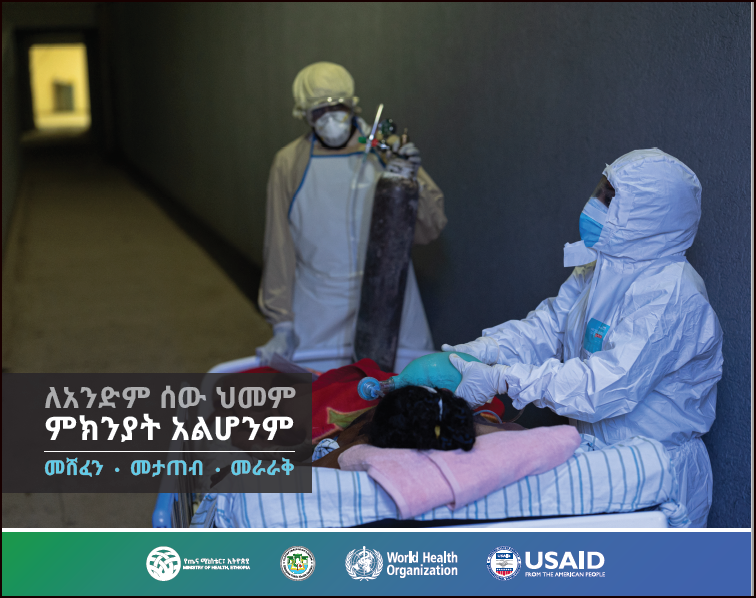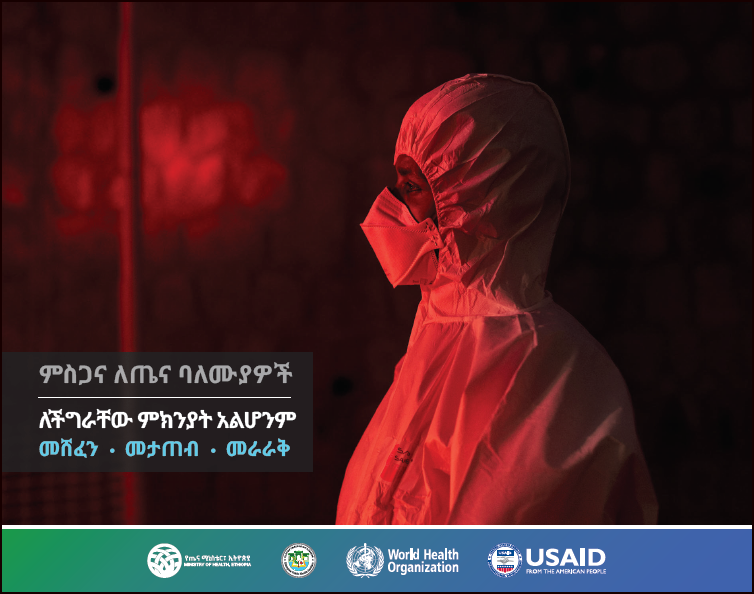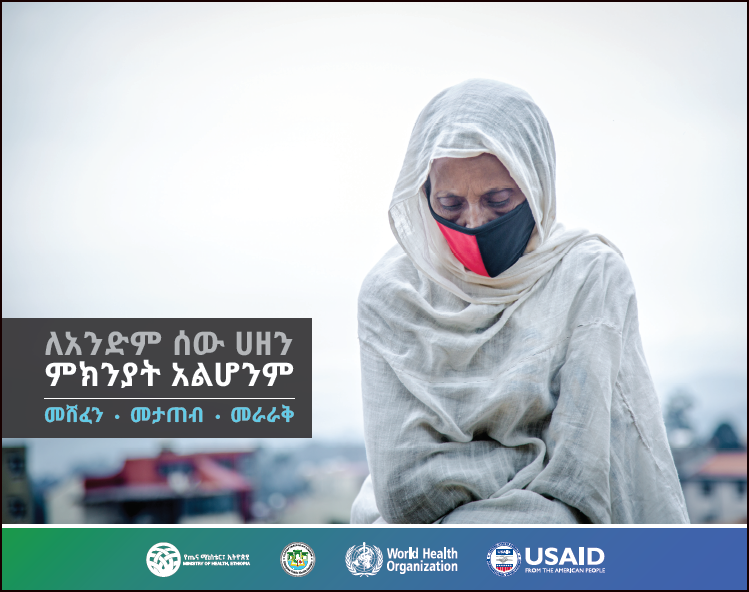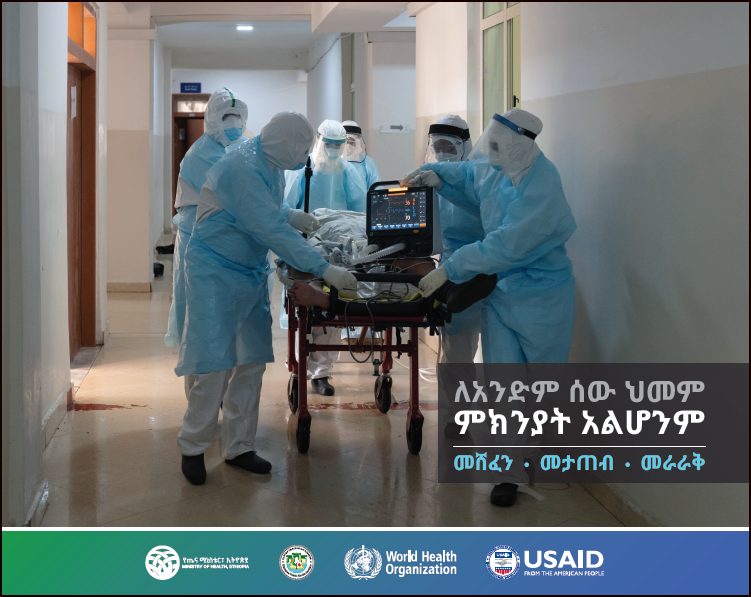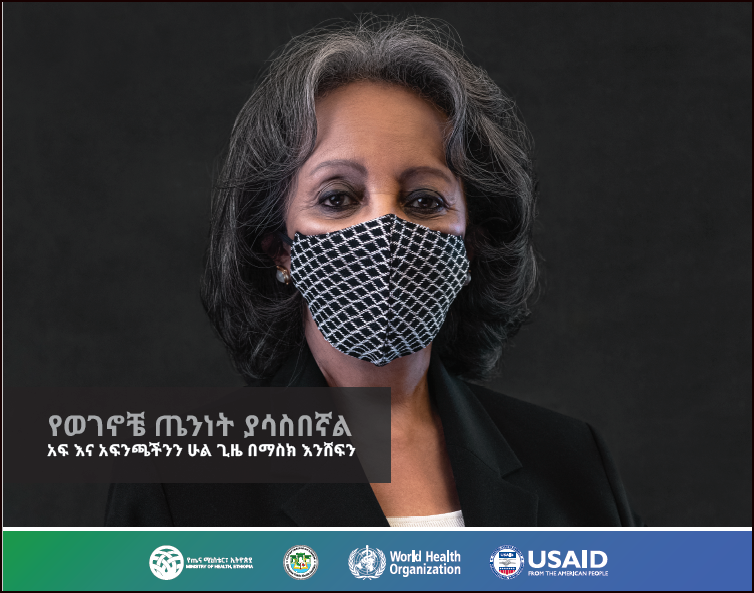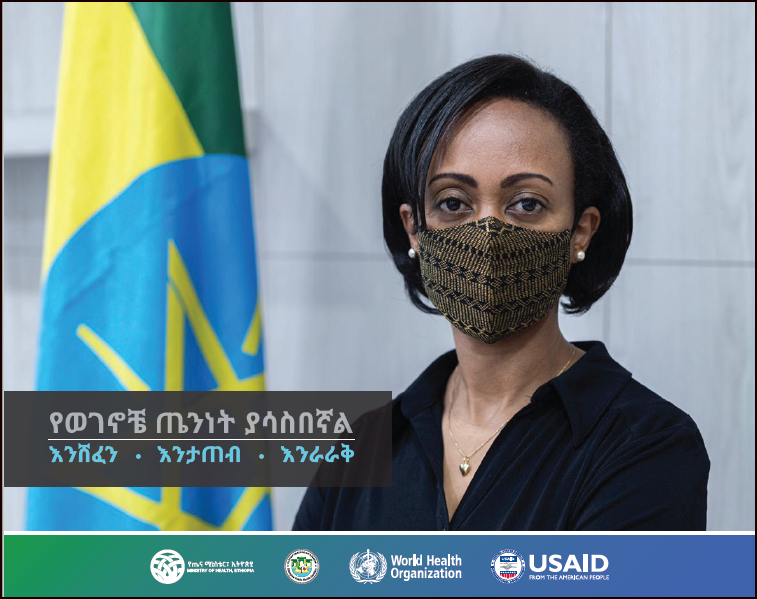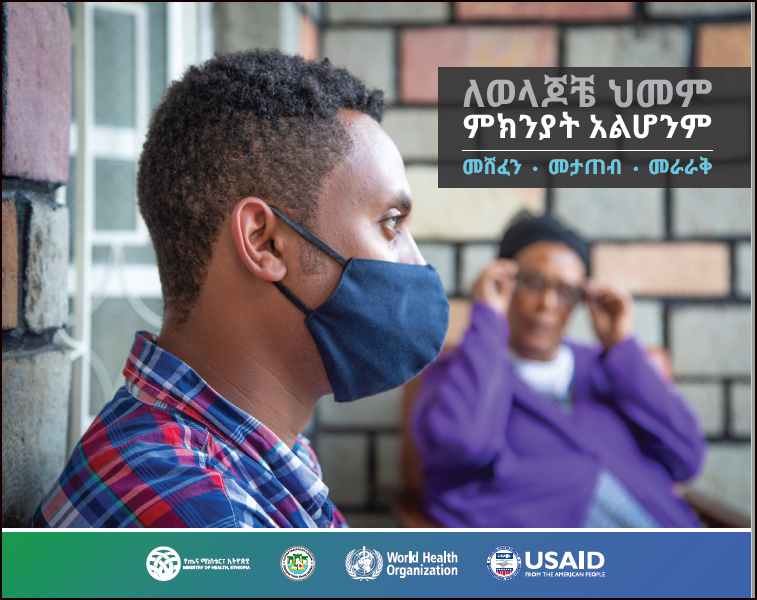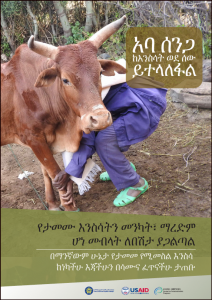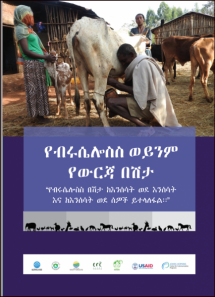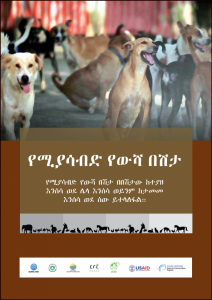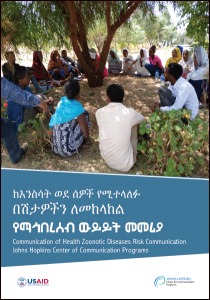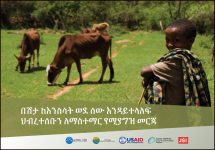Make Me a Change Agent: An SBC Resource for WASH, Agriculture, and Livelihoods Activities
The Make Me a Change Agent training is designed for community-level workers who work on agriculture, livelihoods, and WASH-related activities and who engage with communities on behavior change and adoption of new techniques and practices. The resources aim to help community-level workers strengthen fundamental skills and techniques around communication, negotiation, and facilitation. Although these resources are targeted at supporting the successful and sustainable implementation of agriculture, livelihoods, and WASH activities, the skills can help staff and volunteers in any sector become more effective as an agent of behavior change.
Last modified: May 8, 2024
Source: Food Security and Nutrition (FSN) Network
Year of Publication: 2020

